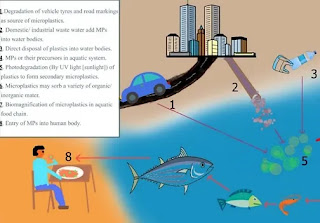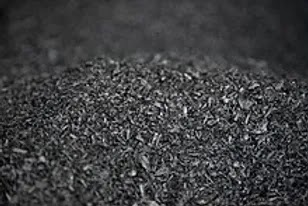Arsenic has mutagenic, teratogenic and epigenetic effects

Arsenic has mutagenic, teratogenic and epigenetic effects Puri et al., 2024 Heavy metals can be described as those naturally occurring metals or metalloids which have considerably high atomic weight. Generally, Arsenic (As), Lead (Pb), Mercury (Hg), Cadmium (Cd) and Chromium (Cr) are regarded as heavy metals in matters concerning public health due to their significant ill effects on the environment. Heavy metals including arsenic result in biomagnification involving a significant increase in their concentration as we move from lower to higher trophic levels across the food chain up to humans. The toxic effects depend upon many factors like the chemical nature, route, duration and dose of exposure along with the age, gender, genetic makeup and nutritional status of the exposed animals. Arsenic exists both in organic and inorganic forms and is considered to be one of the systemic toxicants known to cause damage to multiple organs even at minuscule levels of exposure. Arsenic is a necessa



